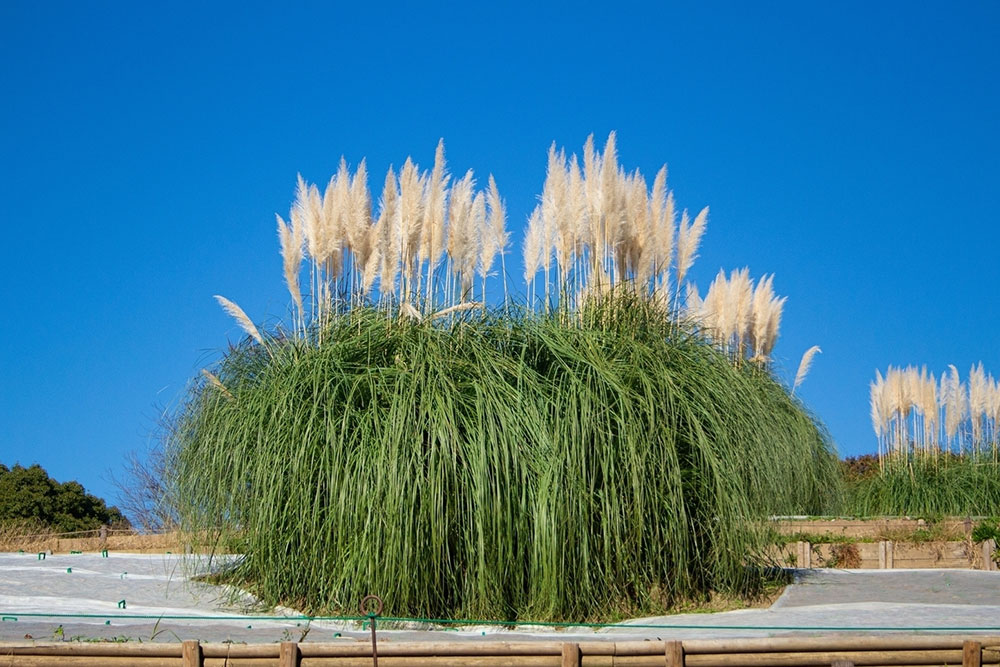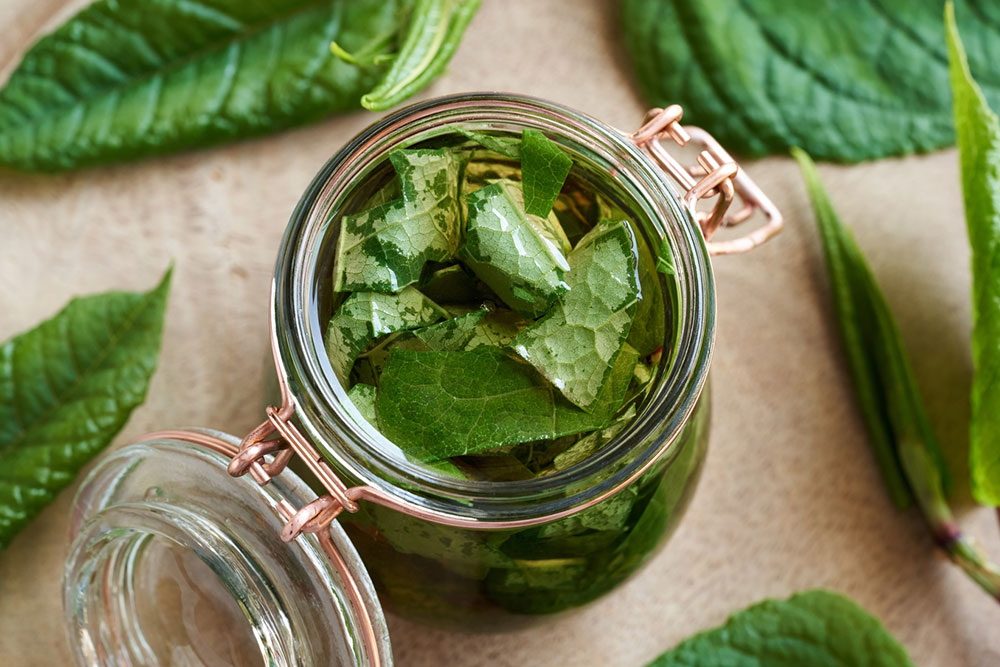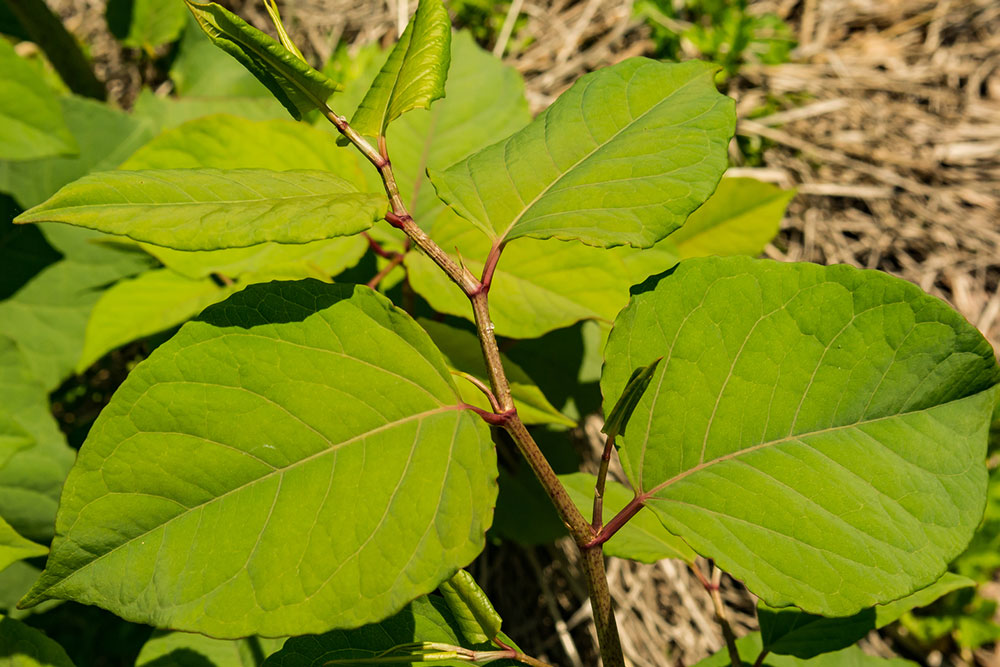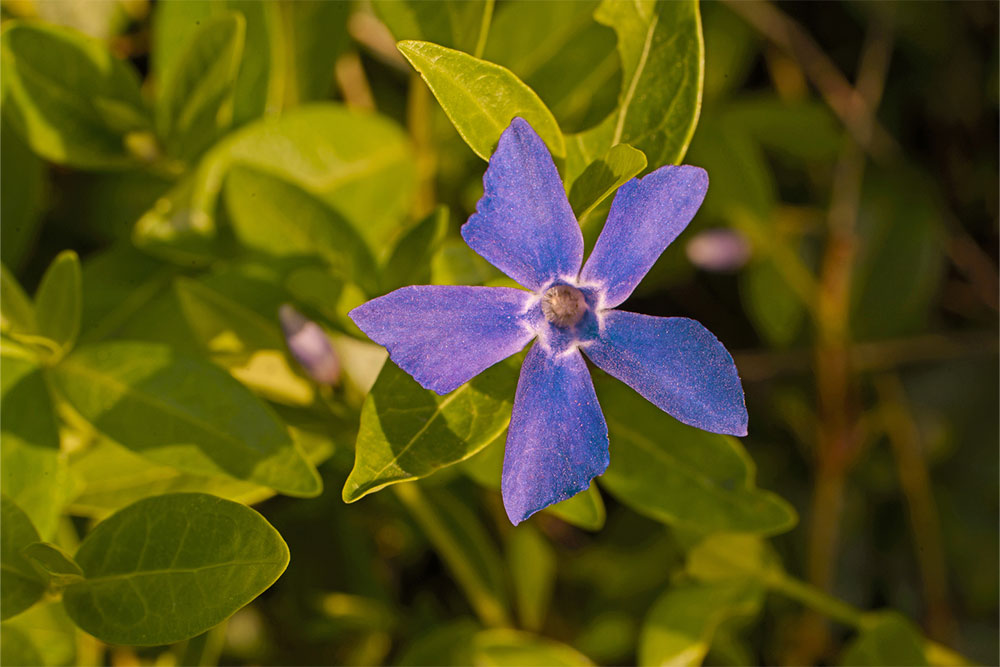Effective Strategies for Eliminating Ivy Plants
Discover effective methods to permanently remove invasive ivy plants from your property. This guide covers pruning, root removal, chemical treatments, and environmentally friendly options to prevent regrowth and protect native ecosystems. Learn practical tips for long-term ivy control and landscape preservation.
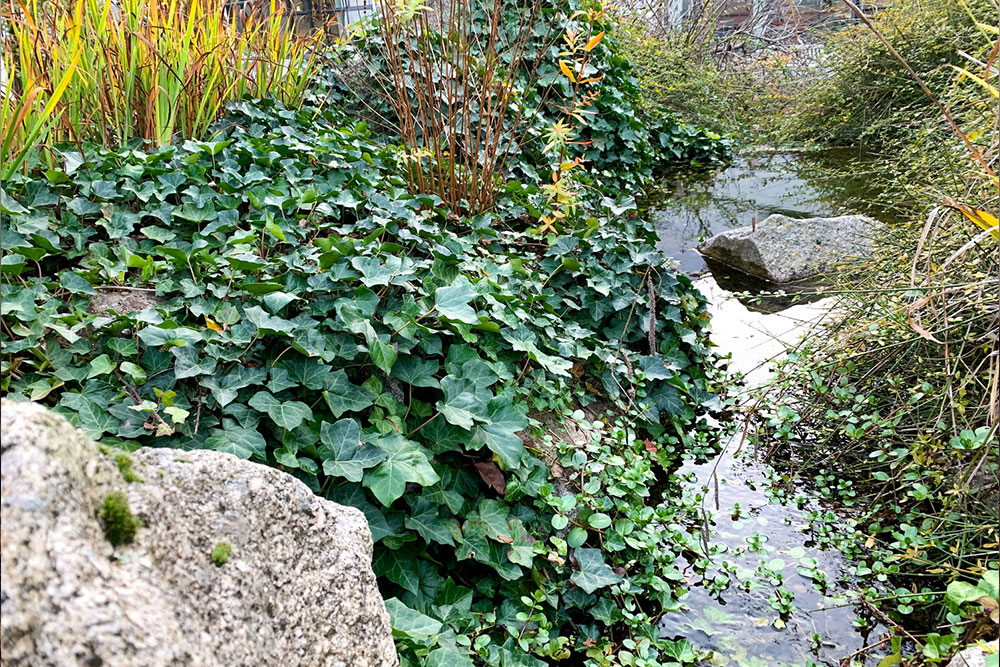
Effective Strategies for Eliminating Ivy Plants
Ivy is a fast-spreading invasive vine that can quickly cover large areas, damaging native ecosystems. English ivy, with its evergreen foliage, forms dense mats that suppress competing plants and can climb over shrubs and trees, leading to their deterioration or death. Once rooted, ivy requires minimal water or sunlight to continue its invasion. To protect your landscape and structures, it's essential to learn how to eradicate ivy permanently from gardens, walls, and other surfaces.
Why is ivy a threat?
An isolated ivy plant can rapidly expand, creating thick, extensive patches within months. Without intervention, it can smother trees and shrubs, hindering natural growth and causing significant damage.
Reasons to remove or control ivy
include:
It outcompetes native vegetation.
It damages and kills shrubs and trees.
It obstructs forest regeneration.
It can block natural waterways.
Its mats attract rodents and other pests.
Methods to eliminate ivy
involve several practical approaches:
Vine cutting
When leaves turn yellow, locate the vines at the base and carefully peel them from surfaces, avoiding damage to structures. If peeling is difficult, use pruners to cut the vines. Keep in mind, cutting alone may not prevent regrowth, as roots can sprout new vines.
Cutting the root base
For mature infestations, remove the vines from their roots by cutting at the ground level, using manual tools or power cutters to prevent further spread.
Root excavation
Dig around the base to remove deep roots. Water the soil first to soften it, making root removal easier and reducing the chance of missed roots or new sprouts.
Regular mowing
Mow the ivy regularly in flat areas to prevent thick growth and minimize regrowth, especially in heavily infested zones.
Covering with plastic
Seal the ivy under opaque plastic or tarp to block sunlight, causing the vines to die within a year by starving them of photosynthesis.
Herbicide application
Use glyphosate-based herbicides for large or persistent ivy patches. Apply after damaging stems to improve chemical absorption, ensuring lasting eradication.
Vine destruction with vinegar
Spray white vinegar on heavily grown ivy. It dehydrates the foliage but doesn’t kill roots; repeated applications are needed for best results.
Mulching
Apply a thick layer of organic mulch like hay, wood chips, or grass clippings to suppress new growth and weaken existing vines.
How to achieve permanent ivy elimination
involves combining manual removal, root digging, and herbicide treatment. Cutting the vines or stems before applying herbicide ensures the substance penetrates deeper. Consistent effort prevents regrowth, giving your landscape long-term protection from ivy invasions.
Note: The information provided offers practical methods for ivy control. However, complete eradication may require persistent effort and professional assistance. Always handle chemicals responsibly and follow safety instructions. Proper removal helps preserve native plants and keeps your property safe and attractive.

